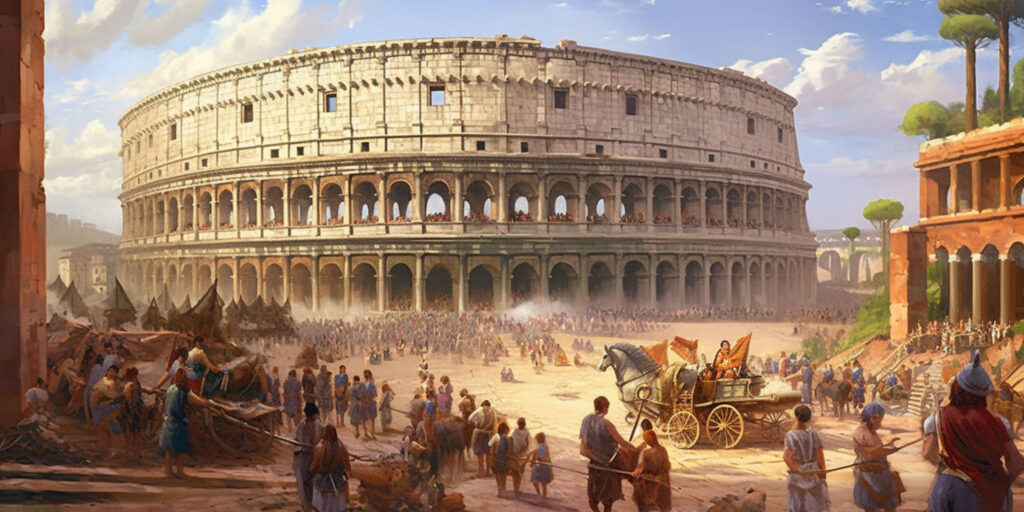The fall of the Roman Empire is a pivotal moment in history, often depicted as a sudden and dramatic collapse. However, the reality is far more nuanced. Let’s debunk some common misconceptions and shed light on the complex factors that led to the empire’s decline.

Myth: The Roman Empire Fell Overnight
Reality: The decline of the Roman Empire was a gradual process spanning centuries. The Western Roman Empire’s collapse is typically placed around 476 AD, but economic and political issues had been brewing for centuries. Overextension, political instability, and social unrest chipped away at the empire’s foundation long before the final symbolic blow.
Myth: Barbarian Hordes Sacked Rome and Ended the Empire
Reality: While Germanic tribes like the Visigoths did play a role, their invasions were more a symptom of the empire’s weakness than the sole cause. The Western Roman Empire struggled to defend its vast borders, and barbarian incursions were a constant threat. However, these tribes often assimilated into Roman society, and some even rose to positions of power within the empire.
Myth: The Roman Empire’s Glory Was Lost Forever
Reality: The Eastern Roman Empire, also known as the Byzantine Empire, continued to thrive for another thousand years after the West’s decline. Preserving Roman culture and law, Byzantium played a crucial role in transmitting classical knowledge to the medieval world. Its legacy impacted art, architecture, and legal systems throughout Europe and beyond.
Primary Sources:
- Edward Gibbon’s “The History of the Decline and Fall of the Roman Empire” (although some of his conclusions are debated by modern historians)
- Primary sources like legal codes and writings of Roman historians like Tacitus provide valuable insights into the social and political climate of the era.
Understanding the Fall of the Roman Empire requires a deeper look beyond simplistic narratives. It’s a story of gradual decline, complex factors, and the enduring legacy of Roman civilization.